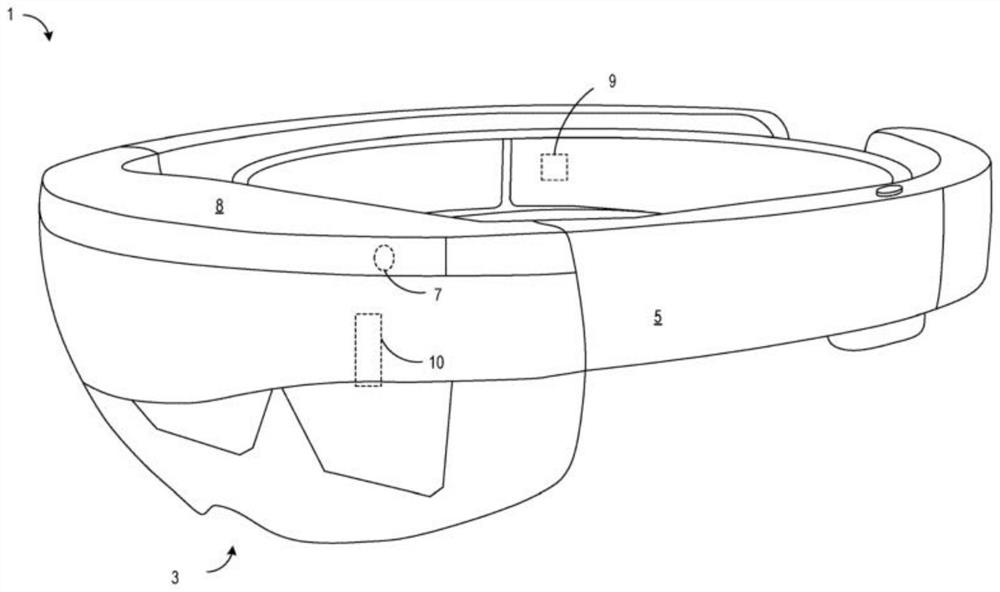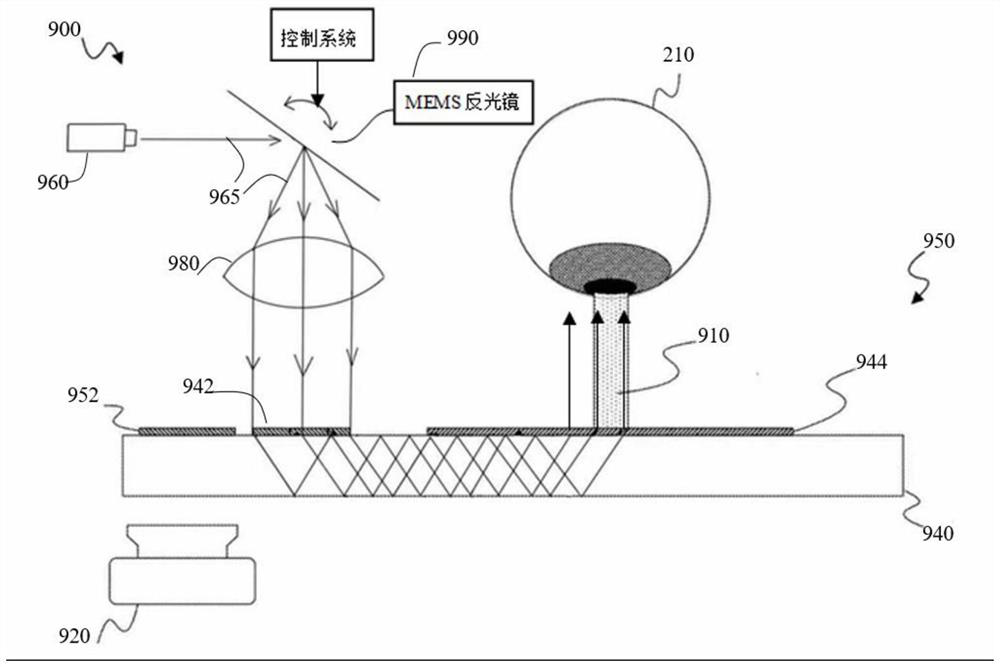Sight tracking method of intelligent glasses based on MEMS and optical waveguide lenses
An eye-tracking and optical waveguide technology, applied in the field of eye-tracking, can solve the problems of reducing the user experience of VR/AR applications, poor sensitivity, high power consumption, etc.
- Summary
- Abstract
- Description
- Claims
- Application Information
AI Technical Summary
Problems solved by technology
Method used
Image
Examples
Embodiment Construction
[0152] In order to make the object, technical solution and advantages of the present invention more clear, the present invention will be further described in detail below in conjunction with the examples. It should be understood that the specific embodiments described here are only used to explain the present invention, not to limit the present invention.
[0153] Aiming at the problems existing in the prior art, the present invention provides a line-of-sight tracking method based on an optical waveguide lens for a near-eye display device. The present invention will be described in detail below with reference to the accompanying drawings.
[0154] Such as figure 1 As shown, the eye-tracking method based on the optical waveguide lens for the near-eye display device provided by the embodiment of the present invention includes the following steps:
[0155] S101: The control system gives the acquisition requirements of eye features at this moment according to the user or the app...
PUM
 Login to View More
Login to View More Abstract
Description
Claims
Application Information
 Login to View More
Login to View More - R&D
- Intellectual Property
- Life Sciences
- Materials
- Tech Scout
- Unparalleled Data Quality
- Higher Quality Content
- 60% Fewer Hallucinations
Browse by: Latest US Patents, China's latest patents, Technical Efficacy Thesaurus, Application Domain, Technology Topic, Popular Technical Reports.
© 2025 PatSnap. All rights reserved.Legal|Privacy policy|Modern Slavery Act Transparency Statement|Sitemap|About US| Contact US: help@patsnap.com



